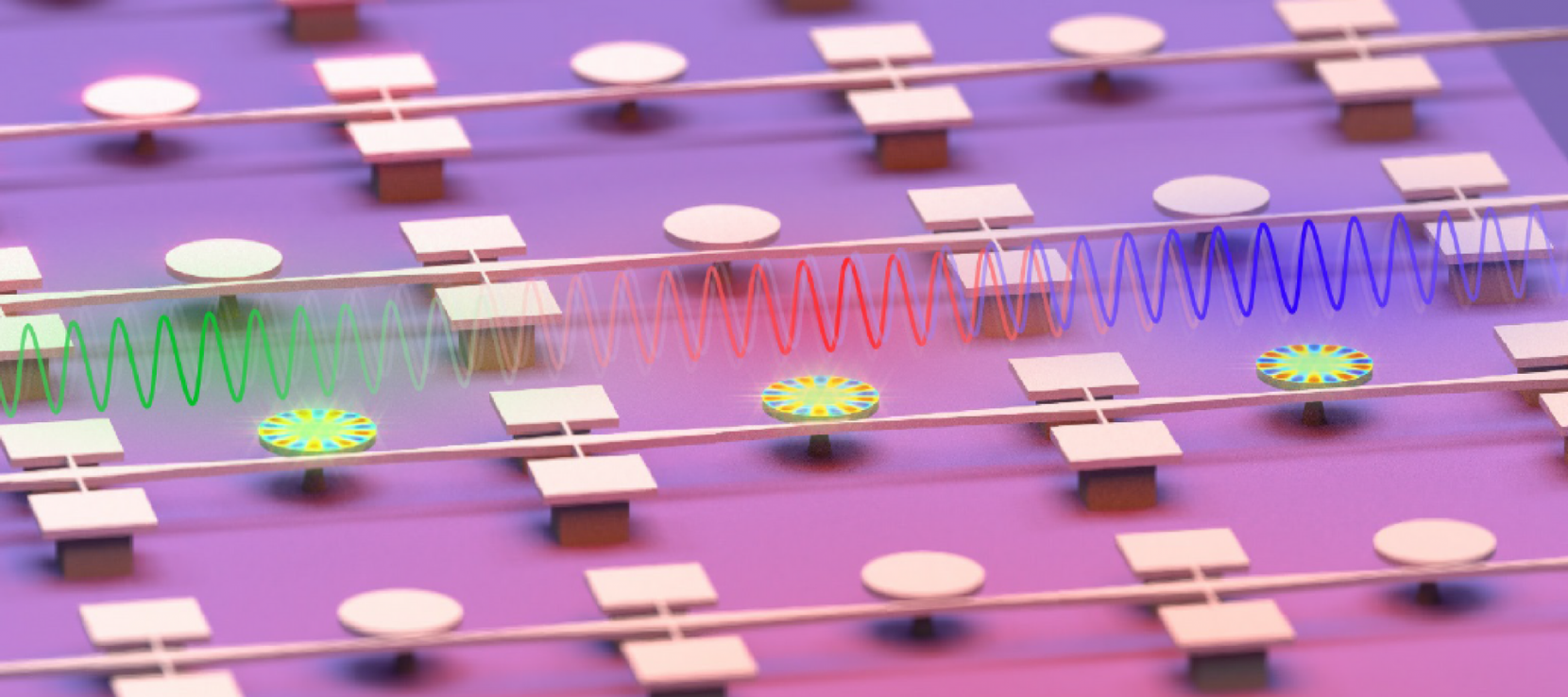
Matériaux et Phénomènes Quantiques
Présentation
The laboratory « Matériaux et Phénomènes Quantiques » (Quantum Materials and Phenomena) is a joint research unit (UMR) of University Paris Diderot and CNRS. It involves about 120 people in total with a permanent staff of 51.
The laboratory specializes in the study of frontier quantum materials and in the development of novel quantum devices. These activities rely on a large spectrum of theoretical and experimental expertise in material physics, transport and optics, and technological platforms of clean-room fabrication, spectroscopy and high-resolution electronic microscopy.
The activities of the laboratory span:
- novel materials at the nanoscale: nanocrystals, functionalized nanotubes, multiferroics, 2D materials, etc.
- novel phases of matter: quantum fluids of light, ultrastrong coupling in cavity, unconventional superconductivity, strongly correlated systems, topological phases, etc.
- nano-optical systems: optomechanics, nonlinear nanophotonics, nanoplasmonics, etc.
- quantum engineering and quantum information: quantum optoelectronic devices, quantum photonic circuits, trapped ions, hybrid organic/inorganic devices, surface and interface engineering.
Current projects of the laboratory include the development of novel probes for the investigation of quantum materials, such as time-resolved Raman spectroscopy, optomechanical atomic force microscopy, and scanning tunneling microscopy under optical excitation. Reciprocally, frontier materials are being tested as building blocks to realize novel functionalities in optomechanical sensors, nonlinear and quantum photonics devices, or in cavity embedded transport experiments.
Autres contacts
Université Paris Diderot - Paris 7
U.F.R. Physique
Bâtiment Condorcet
10, rue Alice Domon et Léonie Duquet
75205 PARIS CEDEX 13
